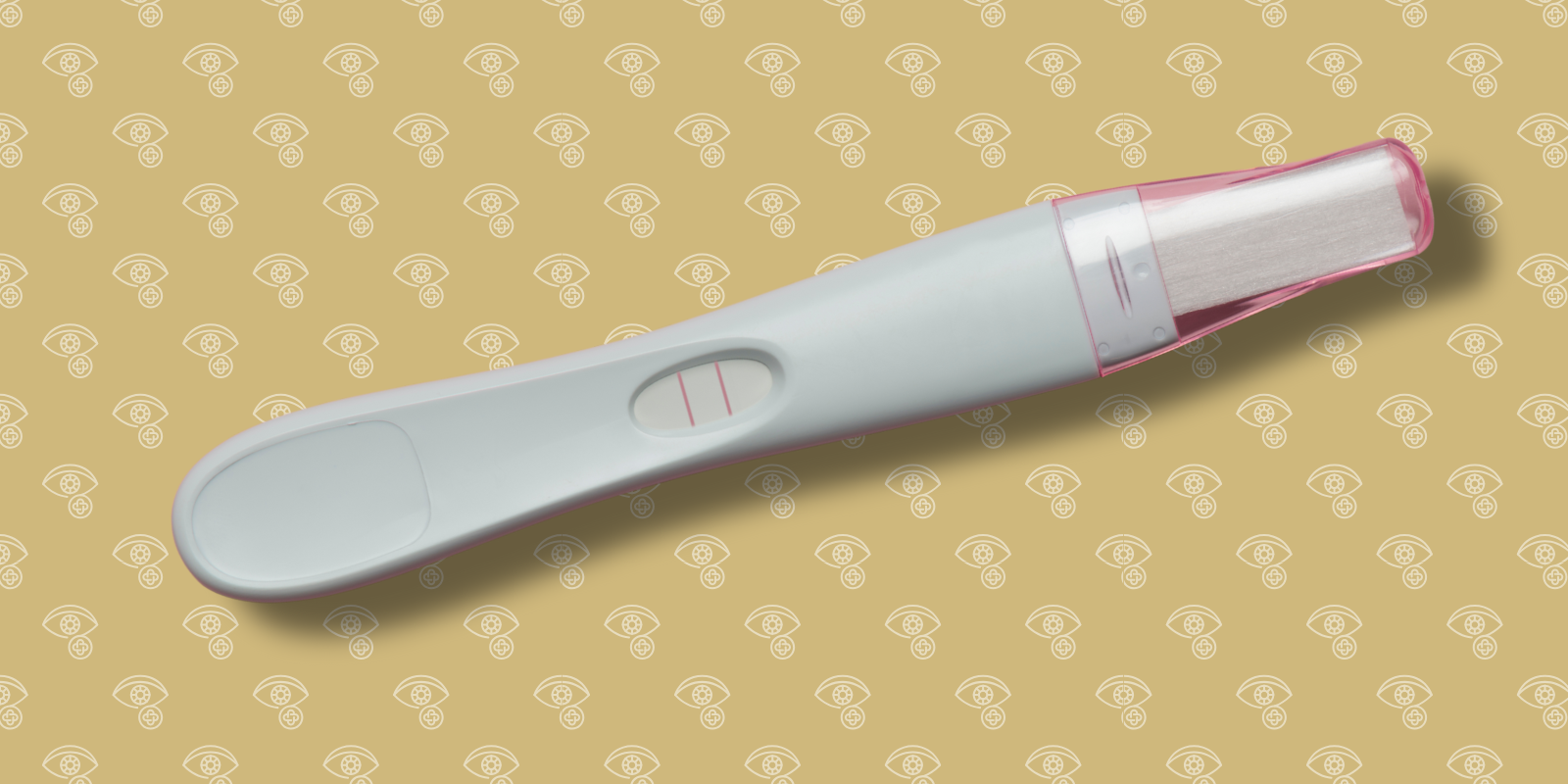The body undergoes a bevy of changes during pregnancy: increased fatigue, nausea, aches and pains, swelling, and more. For some pregnant people, changes can also include ocular health.
Vision may become blurry. Eye glass or contacts prescriptions may change, and, for some, wearing contacts may even become intolerable. Brittany Wright, OD, assistant professor of ophthalmology at the University of Colorado School of Medicine, says these changes are often temporary and not reason for long-term concern – but they may also warrant a visit to an eye doctor who can help find ways to ease symptoms.
“A lot of the time I’m getting questions about an eye surface issue, like blurred vision or dry, irritated eyes, which can happen because of structural or hormonal changes in the eye,” Wright says. “These often resolve after pregnancy but may stick around during breast feeding. If a patient has concerns, they should see their eye doctor but know that many of these symptoms won’t last forever.”
Hormone shifts at play
Hormone changes can be the culprit of some of the pesky eye symptoms related to pregnancy. Dry eye and a change in tear production may be caused fluctuations in estrogen, progesterone, and testosterone.
Increased progesterone, the sex hormone often associated with early pregnancy, can also cause fluid retention throughout the body, including the eye. This can lead to noticeable symptoms, such as vision changes and eye sensitivity, in addition to dry eyes.
“There can actually be some swelling or fluid retention in the cornea, the clear tissue on the front of the eye,” Wright says. “It’s a transient symptom, meaning that it’s temporary, but it can be a challenge because it causes a prescription change in some patients.”
If those changes affect a person’s ability to see clearly, a prescription modification may be necessary. It’s likely however, Wright says, that the patient will eventually return to the prescription they had prior to pregnancy.
Hormone changes may also cause contact lens wearers discomfort. Fluid in the eye can change the curvature of the cornea and make it difficult for the lens to sit evenly on the eye. If a patient is experiencing this, Wright suggests reverting to glasses to avoid lens discomfort. Post-pregnancy, as fluid retention improves, contact lens fit and comfort can return to normal.
Possible hormonal vision changes are why it’s recommended that pregnant patients do not undergo some eye treatments, such as Lasik or other refractive surgeries that correct vision. It’s best to wait about three to six months post-pregnancy and breastfeeding for evaluation to ensure the results of the surgery will be the most effective for the patient.
Dryness and ocular discomfort
Those hormone changes often are the reason behind increased dry eyes during pregnancy. Symptoms include:
- Blurred vision
- Redness
- Watery eyes
- Burning of stinging sensations in the eye
Over-the-counter eye drops may help in many cases, but patients should check in with their obstetrician first. Many of these medications or drops don’t offer direct information about how they impact pregnant people. Persistent dry eye symptoms are also reasons to schedule an eye exam during pregnancy.
“Even if a medication or eye drop is something you can buy at the grocery store, it’s best to check that there are no concerns from your OB,” Wright says. “We want your care team to be comfortable with you safely using any medication.”
Keeping an eye on blood pressure and blood sugar
Other impacts to vision and the eyes can occur while pregnant, especially when blood pressure or blood sugar is elevated.
Patients with preeclampsia, a blood condition during pregnancy that causes hypertension, can experience bleeding in the retina, swelling of the optic nerve, and other symptoms that may threaten eye health. Not every patient with preeclampsia will develop eyesight or ocular issues, but it’s possible.
“The blurriness that occurs with preeclampsia is going to be different than when a person has cornea changes or dry eyes. Retinal issues, which occur in the back of the eye, aren’t ones a prescription change can fix,” Wright says.
Diabetes can also have significant effects on eye health. A person with pre-existing diabetes or diabetic retinopathy may see the condition worsen with pregnancy, so it’s important to keep a pulse on the condition.
“For those who develop gestational diabetes, there isn’t necessarily an increased risk for retinopathy, but people should still monitor for symptoms such as blurred vision, new spots or floaters in their field vision, and consult an eye doctor if any changes occur,” Wright says.
For pregnant patients with no pre-existing eye conditions or conditions that don’t affect eye health, keeping to a normal eye exam routine is suggested.

